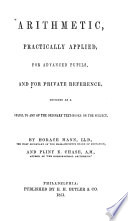 | Horace Mann - 1851 - 384 pages
...several debts : Multiply each charge by the time which has elapsed from jfhe date of the first bill, and divide the sum of the products by the sum of the bills. To find the equated time for the settlement of an account, in which there are both debits and... | |
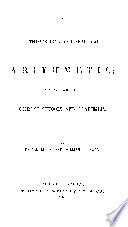 | Daniel Leach - Arithmetic - 1851 - 280 pages
...price of each ingredient and the quantity are given, — RULE. Multiply each ingredient by its price, and divide the sum of the products by the sum of the ingredients. The quotient will be the price of the mixture. 1. A grocer mixed 10 pounds of tea worth... | |
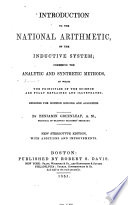 | Benjamin Greenleaf - 1851 - 332 pages
...of the whole. Hence the following RULE. — Multiply each payment by the time before it is due, then divide the sum of the products by the sum of the payments, and the quotient will be the true time required. NOTE 1. — This is the rule usually adopted by merchants,... | |
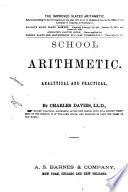 | Charles Davies - 1852 - 344 pages
...the payments.) Hence, to find the mean time, Multiply each payment by the time before it becomes due, and divide the sum of the products by the sum of the payments : the quotient will be the mean time. EXAMPLES. 1. B. owes A $600 ; $200 is to be paid in two months, $200 in four months, and... | |
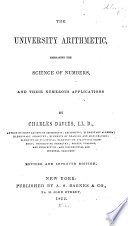 | Charles Davies - Arithmetic - 1852 - 438 pages
...due, equal to ? Hence, to find the mean time, Multiply each payment by the time before it becomes due, and divide the sum of the products by the sum of the payments : tht juotient will be the mean time. EXAMPLES. i 1. B owes A $600: $200 is to be paid in two months,... | |
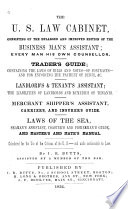 | Isaac Ridler Butts - 1852 - 596 pages
...AVERAGE PAYMENT OF DIFFERENT PAYMENTS. RULE. — Multiply each Debt by the time in which it is Payable, and divide the Sum of the Products by the Sum of the Debts— as follows : fiought at 4 months' credit. When is the equated time qf payment ? 1851. Anfl.... | |
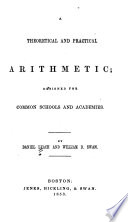 | Daniel Leach - Arithmetic - 1853 - 622 pages
...price of each ingredient and the quantity are given, — RULE. Multiply each ingredient by its price, and divide the sum of the products by the sum of the ingredients. The quotient will be the price of the mixture. 1. A grocer mixed 10 pounds of tea worth... | |
 | Ezra S. Winslow - Business mathematics - 1853 - 264 pages
...Multiply the weight of the several particles by the squares of their distances from the axis of motion, and divide the sum of the products by the sum of the weights ; the square root of the quotient will be the distance of the centre of gyration from the axis... | |
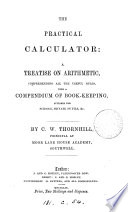 | C W. Thornhill - 1854 - 228 pages
...quantities and prices being given to find the mean price. RULE. — Multiply each quantity by its price, and divide the sum of the products by the sum of the quantities. EXAMPLES. A grocer mixes 5 Ibs. of tea at Ss. Od. ; 7 Ibs. at 5s. Od. ; and 9 Ibs. at 6*.... | |
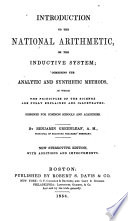 | Benjamin Greenleaf - 1854 - 342 pages
...of the whole. Hence the following RULE. — Multiply each payment by the time before it is due, then divide the sum of the products by the sum of the payments, and the quolient will be the true time required. NOTE 1. — This is the rule usually adopted by merchants,... | |
| |